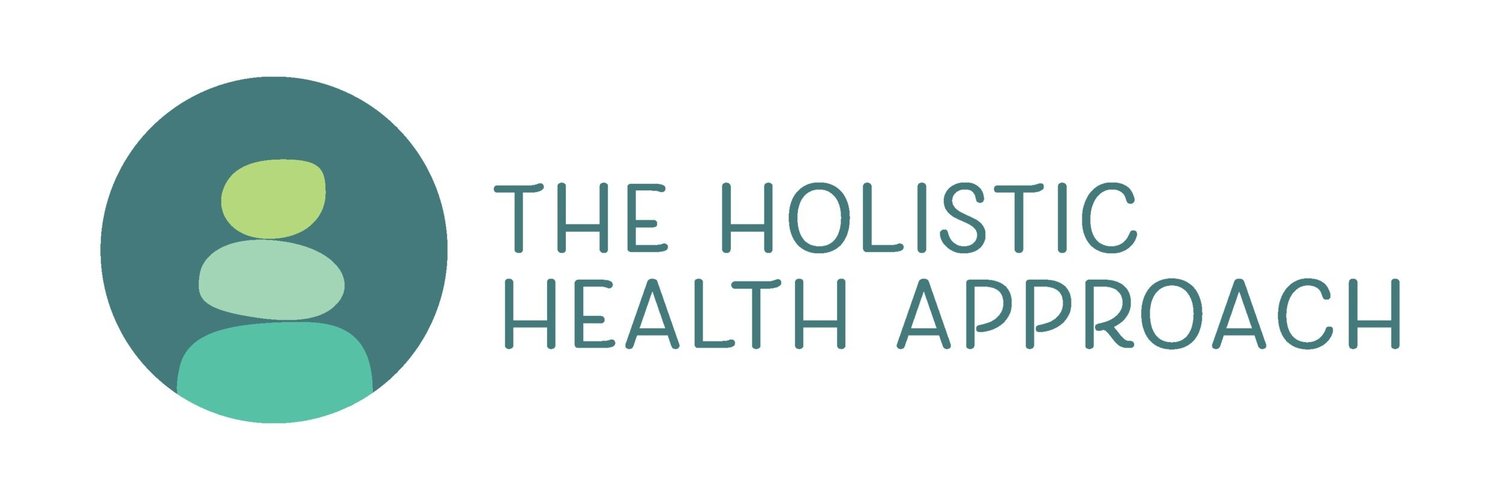The Hidden Epidemic
Approximately 1 in 100 people in the U.S. have celiac disease. Yet, close to 97% of these people remain undiagnosed. Could YOU be one of them?
The Why of Celiac Disease
Celiac disease is a hereditary autoimmune condition that causes the body to react to gluten. When someone who is susceptible to celiac disease eats gluten, their immune system mounts an attack on the small intestine. If gluten is not removed from the diet, the assault continues to damage the lining of the intestine, destroying the villi – a condition called villous atrophy. It is the villi that allows the body to absorb vital nutrients. So when these are damaged, malabsorption and nutrient deficiencies result.
The good news is that as a genetic condition you need certain genetic markers, specifically DQ2 and/or DQ8, to be susceptible to celiac disease. It’s also not enough to just have the genetic markers. For celiac disease to be present, you would need the DQ2 and/or DQ8 genetic markers and villous atrophy.
The First Tricky Part
An amazing 97% of people with celiac disease are still undiagnosed. Part of the reason is because the symptoms are so varied. Doctors who are unaware of the multifaceted symptoms keep looking elsewhere, taking years to finally get the correct diagnosis!
The primary injury site of celiac disease is the small intestine, specifically the finger-like projections called villi. If you have the genetic markers and eat gluten, your immune system sees the gluten as a foreign invader, mounts an attack and damages the intestinal villi in the process. If this damage continues, the villi then atrophy and can no longer absorb vital nutrients.
This damage leads to other symptoms including:
Diarrhea, constipation, bloating and gas
Food allergies and intolerances
Dental anomalies and canker sores
Peripheral neuropathy
Neurological disorders, migraines and depression
Bone disease, osteoporosis, arthritis and joint pain
Iron deficiency anemia and other nutrient deficiencies
Eczema, dermatitis herpetiformis, alopecia and vitiligo
Secondary autoimmune conditions
As you can see, it’s no wonder diagnosis is tricky!
Diagnosis gets even trickier when other autoimmune conditions or diseases are present. In addition to the above symptoms, people with celiac disease may also have other co-existing conditions that muddy the waters to diagnosis. This can include fibromyalgia, Irritable Bowel Syndrome, Raynaud’s syndrome, rheumatoid arthritis and genetic disorders such as Down syndrome and IgA deficiency.
Additionally, the conditions below have a higher probability to co-exist with celiac disease:
Type I Diabetes
Grave’s disease (hyperthyroidism)
Hashimoto’s (hypothyroidism)
Peripheral neuropathy
Autoimmune liver disease
Cardiomyopathy
Sjogren’s syndrome
Addison’s disease
Getting a Correct Diagnosis
As you can see, there are many ways that celiac disease can show up. The first step is recognizing your symptoms to decide if celiac disease may be the culprit.
Next, if you are still eating gluten, have your doctor order specific blood tests:
Total IgA
IgA anti-tissue transglutaminase (tTG)
IgA anti-endomysial antibodies (EMA)
IgA and IgG anti-gliadin antibodies (AGA)
If you have not been eating gluten because of the way it made you feel, blood tests now will be inconclusive. Instead, start with genetic testing to look for DQ2 and/or DQ8 markers. If either blood or genetic marker tests are positive, talk with your doctor to schedule an intestinal biopsy to determine the extent of damage.
If tests are negative or inconclusive, eliminating gluten for 1 month then reintroducing may help determine if you have any issues with gluten.
What to do After Diagnosis
If you are diagnosed with celiac disease, the most important thing to do is eliminate gluten from your diet…for good. Because this is a chronic and genetic condition, any deviation from a gluten free lifestyle will lead to a relapse in symptoms and damage to the intestinal lining. But how do you eat gluten free?
Eating gluten free starts out similar to any diet that focuses on health:
Pick nutrient-dense whole foods such as fresh produce, wild caught fish, free range meats and poultry, nuts, seeds and quality dairy, if tolerated.
Include gluten free whole grains and ancient grains such as rice, quinoa, amaranth, millet and oats
Avoid processed foods and foods high in refined sugars.
Additional suggestions include:
Add exercise and yoga to aid digestion
Probiotics, a multivitamin, digestive enzymes and fish oil will help increase your nutrients
Glutamine, quercetin and glutathione can aid in gut healing
Aloe Vera can help decrease inflammation
Slippery Elm can soothe the digestive tract
The Second Tricky Part
Just as a diagnosis of celiac disease is tricky, so is navigating grocery stores, restaurants and even your kitchen.
One complication is actually knowing what may or may not contain gluten. Looking for wheat on a label is easy. Knowing “cereal fillers” and “hydrolyzed protein” have gluten is not as obvious.
Cross contamination is another complication. Using the same frying oil, boiling water, cutting boards, wooden spoons, utensils, knives, pots, pans, grill racks, prep surfaces and toasters for gluten and gluten free products will expose you to gluten. Even double dipping in containers such as butter and jam will contaminate your food. A crumb, really? Less than 30mg of gluten a day may be safe, but the issue with cross contamination is that one sandwich contains 3,000-4,000mgs of gluten! It’s easy to see how constant exposure, no matter how minute, can set you back in your recovery.
As your gut starts to heal you will also need to monitor your medications. Now that you are absorbing nutrients and medications more efficiently your prescriptions may need to be adjusted accordingly. Speak with your doctor if you feel this may be the case.
Reading labels, learning hidden sources of gluten and being diligent are your best tools to set you on a path to recovery!
RESOURCES
Celiac Disease, A Hidden Epidemic, Peter H.R. Green, MD
Prescription for Nutritional Healing, Phyllis Balch, CNC
Smart Medicine for Healthier Living, Zand, Spreen and Lavalle

